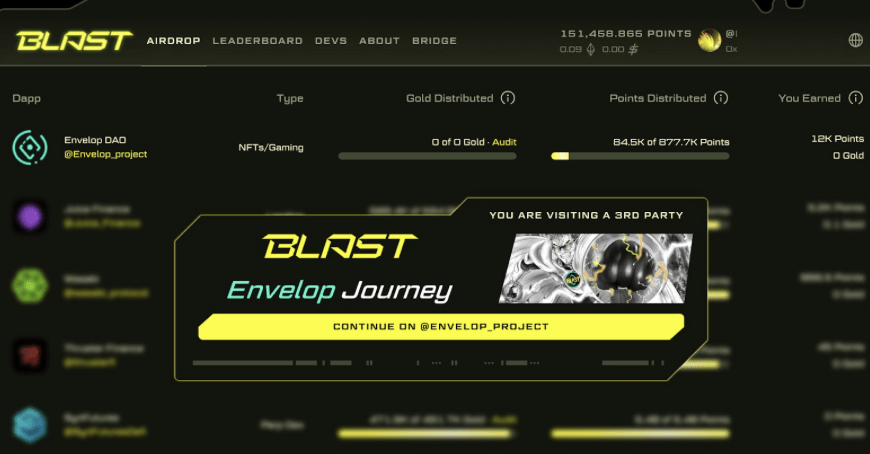Bitcoin Cash (Bitcash) was launched in 2017 as a spin-off to Bitcoin that is more focused on low on-chain transaction fees and allowing the block size limit to rise at a faster rate through the use of hard forks. In the past, some members of the Bitcoin community wanted to “upgrade” Bitcoin to a higher block size limit in the face of rising transaction fees, but they ended up having to settle for an altcoin in the form of Bitcash after consensus for the backwards incompatible change could not be gained.
Of course, other altcoins focused on low transaction fees already existed before Bitcash, most notably Litecoin. Additionally, Dogecoin has been able to exist as nothing more than a meme-themed currency for online tips for roughly five years.
While Bitcash has received many headlines in the press due to its association with Bitcoin, it currently has less on-chain activity than Dogecoin. Having said that, Bitcash is still more active in a few other key areas.
Dogecoin is Still Active
When various stress tests on the Bitcash network are removed from the equation, Dogecoin has been processing more payments per day than Bitcash for nearly all of 2018 (according to Coin Metrics). The numbers are a bit more equal when transactions per day are used instead, but the payment metric is an attempt by Coin Metrics to gain a more accurate picture of on-chain activity. Dogecoin has been processing roughly double the number of payments as Bitcash per day for most of 2018, but the tides are changing in the run-up to the Bitcash hard fork.
Everyone is talking about tomorrow's #BitcoinCash hard fork. Seems like a lot of attention for a chain that processes around half as many payments per day as Dogecoin (data via @coinmetrics). pic.twitter.com/R9xXrkhrUR
— Kyle Torpey (@kyletorpey) November 14, 2018
In terms of active addresses, the Bitcash network hasn’t had more active addresses than Dogecoin on a seven-day average since February.
Bitcoin Cash Still Shining in Key Areas
While Dogecoin is processing more payments per day, the USD-denominated volume of those transactions is a drop in the bucket compared to Bitcash. For most of the year, Bitcash has been processing five to ten times more transaction volume than Dogecoin in 2018.
In terms of exchange-traded volume, Bitcash is also way ahead. According to CoinMarketCap, Bitcash’s 30-day volume is roughly $14.7 billion, while Dogecoin’s is less than $400 million (at the time of this writing).
On the other hand, dogecoin has retained its value a bit better than bitcoin cash in 2018. Dogecoin has had a horrible year, losing around 70% of its value since January 1st; however, bitcoin cash is down 82% against the US dollar year-to-date at the time of this writing. Additionally, dogecoin was also a less volatile asset for many parts of the year.
While the fact that Dogecoin has more on-chain activity than Bitcash is a funny little stat, the reality is Bitcash’s higher liquidity and volume are much more important at this stage in the development of the cryptocurrency ecosystem. Having said that, the fact that the Bitcash network does not process as many payments per day as Dogecoin — a cryptocurrency built around a joke — should be a cause of concern for a crypto asset that is firstly focused on becoming a global medium of exchange.
Investment Disclaimer








